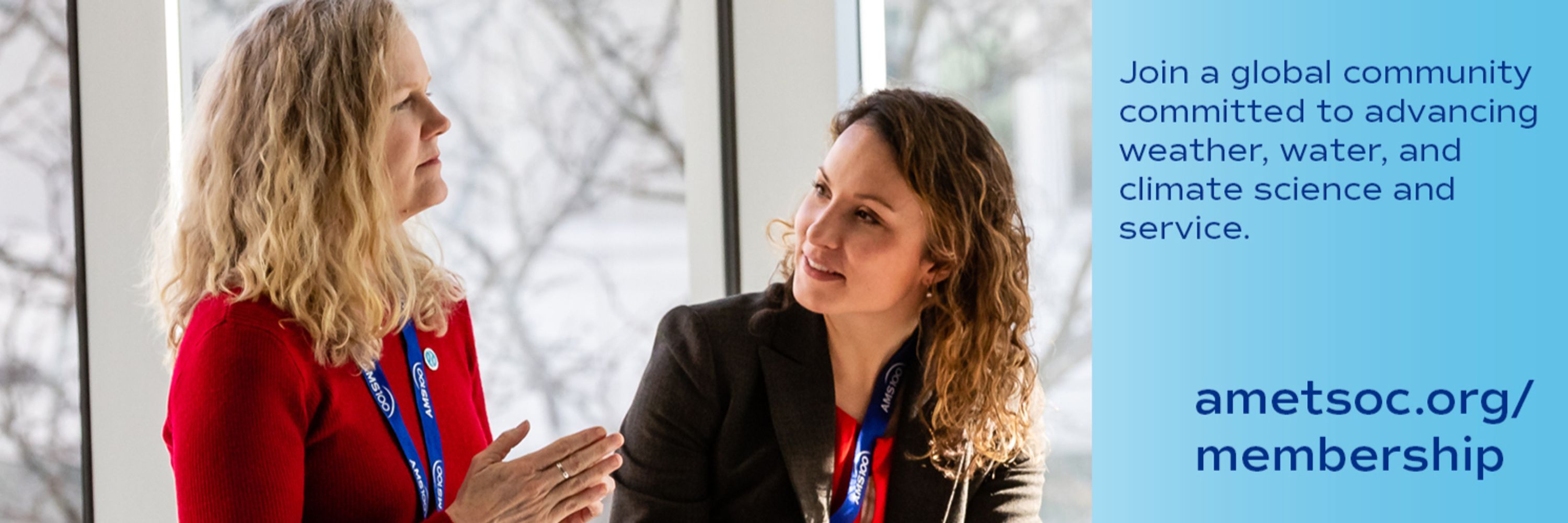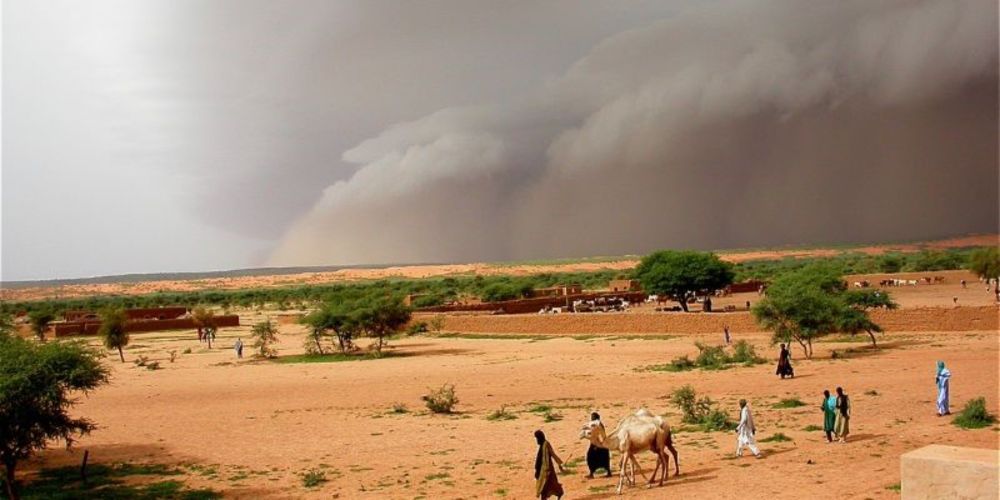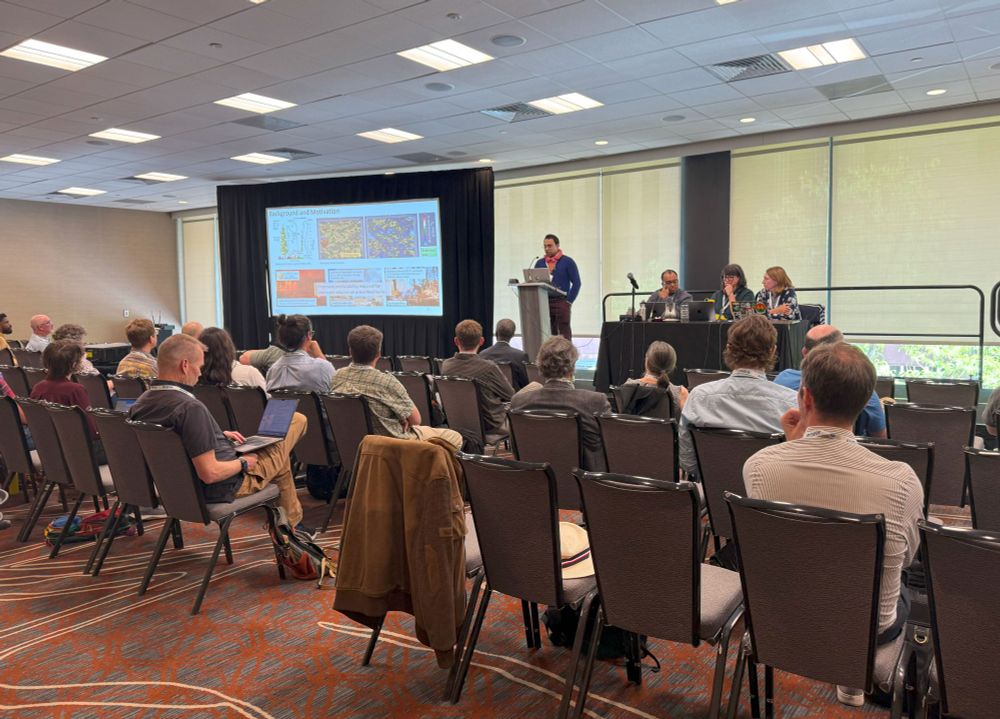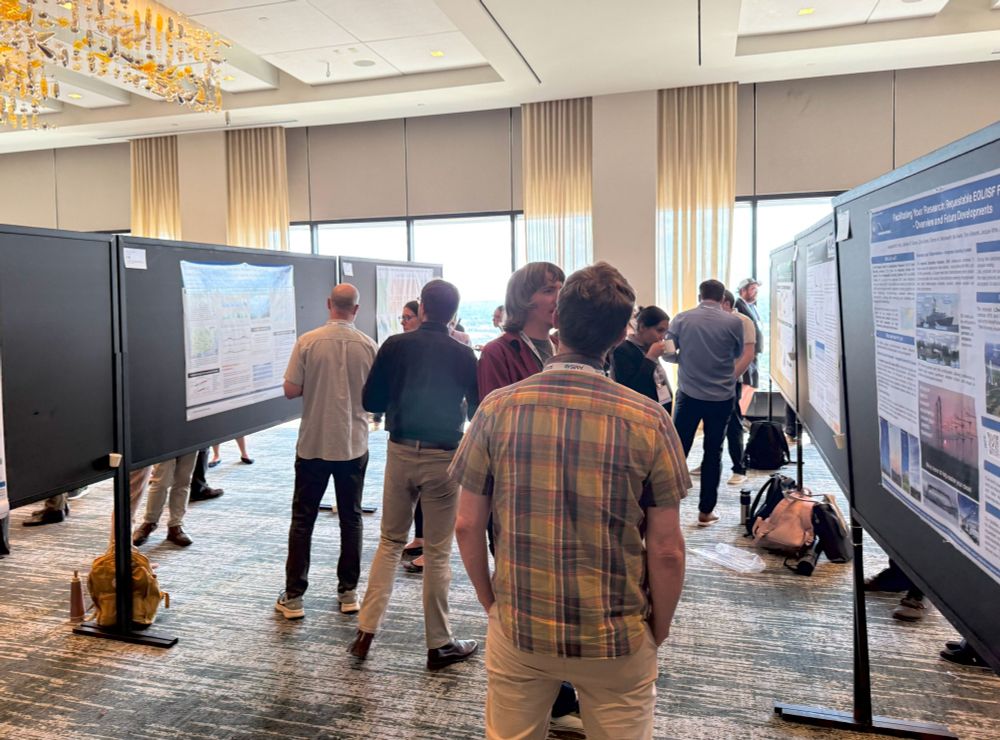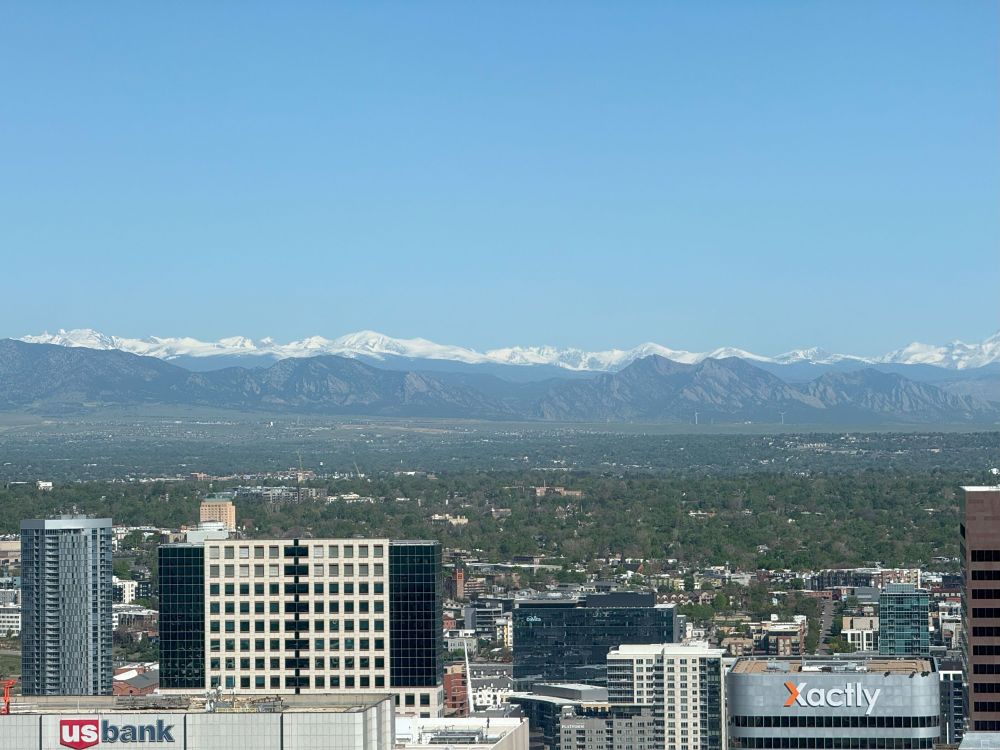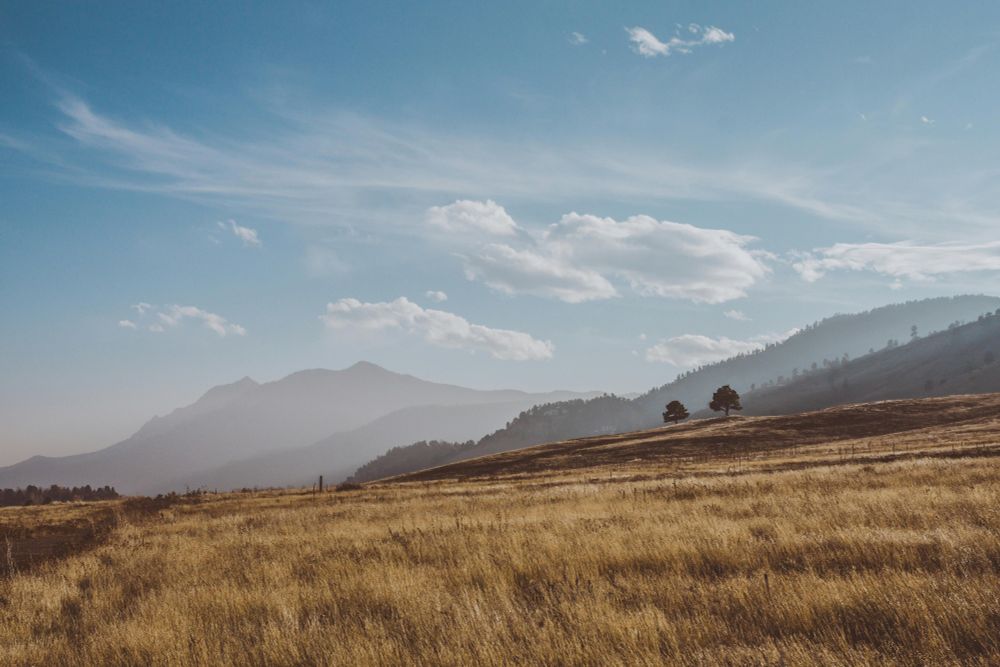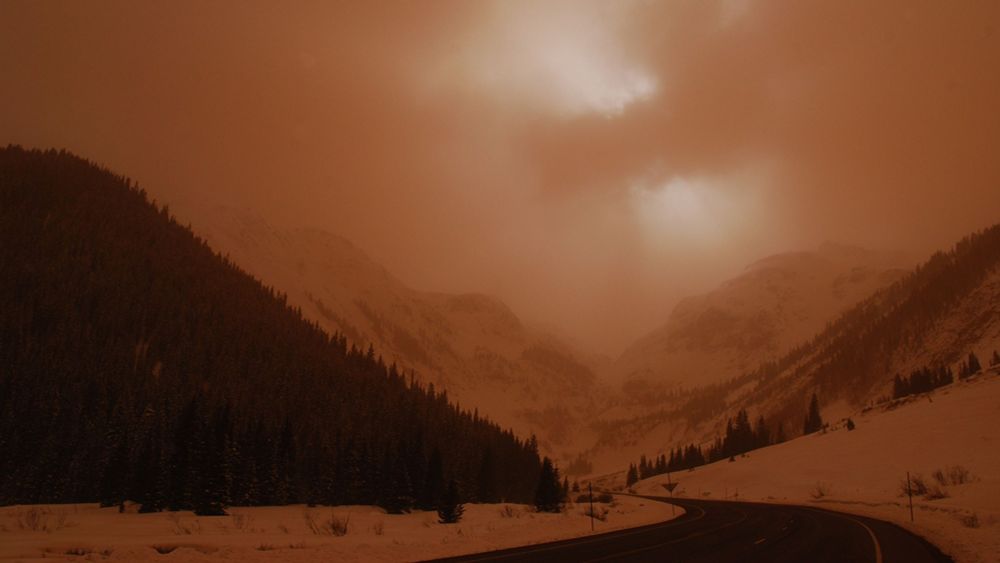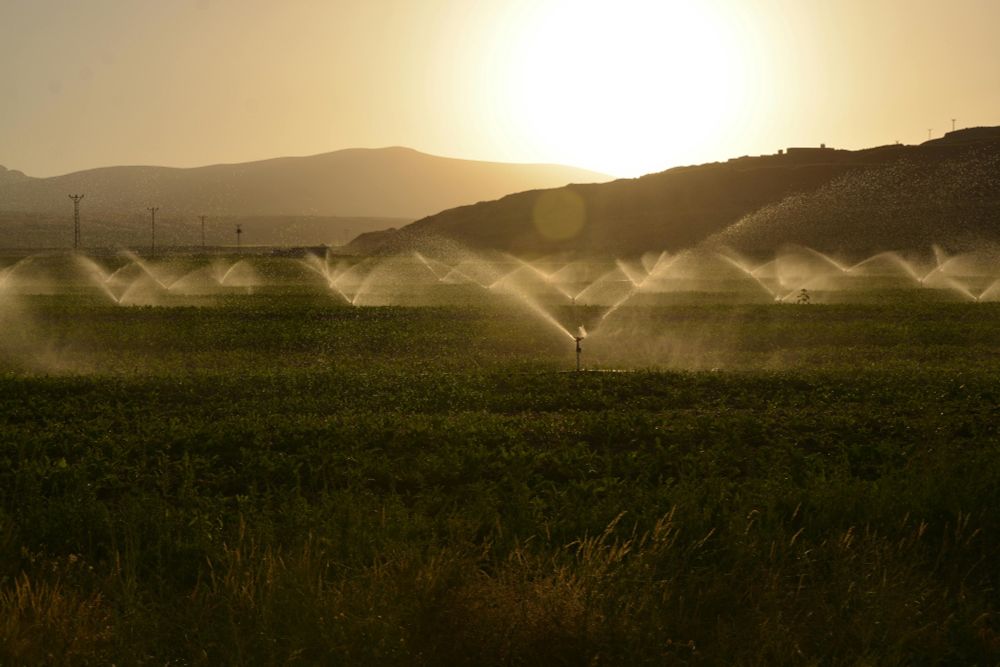American Meteorological Society
AMS is a professional organization that advances the atmospheric and related oceanic and hydrologic sciences in service to society.
ametsoc.org
- According to a @ukceh.bsky.social-led study, large contrasts in soil moisture levels over a wide area can increase the size and intensity of so-called megastorms that cause flooding and mudslides in hotspots across the globe. Learn more: bit.ly/42VrJY0
- ✅ That’s a wrap on Day 1 of the #AMSDenverSummit! We started off an amazing first day of sessions and can't wait to hear from more speakers today 👀 Interested in any sessions? There's time! Register now and join us for the rest of the week: bit.ly/4bXcMc2
- Are Boulder’s extreme downslope winds changing? A #BulletinAMS study by Gerald Meehl et al. validates observations of a striking reduction in 100+ mph wind gusts measured in Boulder after 1995; this may be due to temperature changes. Read the study here: bit.ly/3S4XwAM
- Using 23 years of satellite data, hydrologists revealed how dust-darkened snow is hastening runoff and reshaping the future of water in the Southwest. More about this @utah.edu-led research on dust: bit.ly/3Z4N1kW
- The T-REX project, featured in #BulletinAMS, helps farmers monitor and sustainably reduce water use in California, with lessons for drier climates around the world. On the blog, we speak with project lead Nico Bambach about how T-REX works: bit.ly/4jIcIjy
- #AAPIMonth Spotlight: Haruko Wainwright is the Mitsui Career Development Professor in Contemporary Technology, Assistant Professor of Nuclear Science and Engineering, and Assistant Professor of Civil and Environmental Engineering at @mit.edu.
- Irrigation may favor storm development on the Great Plains. A #JHydrometeor study based on data from the GRAINEX project finds irrigated areas display more storm-conducive atmospheric conditions. Read the paper, by Daniel Whitesel et al: bit.ly/42OeUio
